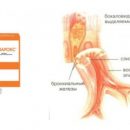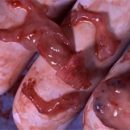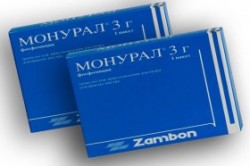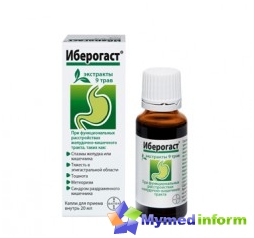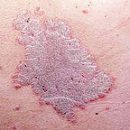General information about the drug
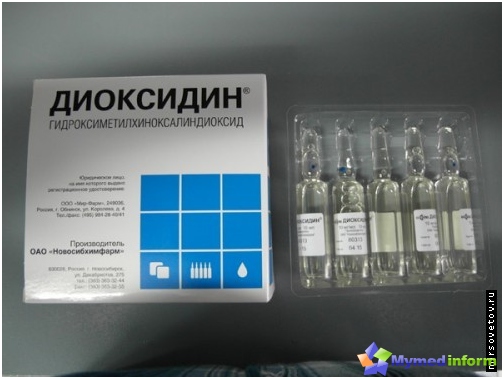
The drug was developed in Moscow, in the All-Union Chemical Pharmaceutical Research Institute, it applies to the classification of Di-N-Oxide Hinoksalin derivative. In 1976 he was allowed to apply in medical practice. Production of drugs are engaged only in the territory of the Russian Federation. Dioxidin studies launched 15 years, they showed a wide range of antibiotic action. The drug is produced in the form of 0.5 and 1% solution in ampoules containing 10 or 5 ml. Used externally, intramilly or intravenously. This is a yellowish liquid, not having a smell, but bitter taste. 5% ointment is found, packaged in tubes or jars at 100, 50, 25, 30 grams. Still dioxidine is part of ointment called «Dioxicol» and antibacterial soap «the effect».
What properties does dioxidine possesses?
The drug is a synthetic antimicrobial agent capable of rendering a bactericidal effect. Dioxidine selectively slows down the formation of deoxyribonucleic acid (abbreviated DNA) in cells of microorganisms, in no way affecting the formation of protein, ribonucleic acid (RNA). In this case, the structure of the membrane of the microbial cell is disturbed. In the absence of oxygen, the efficiency of the drug increases even more. Such an increase in activity is inherent only by derivative Di-N-oxide of quinoxaline having antibacterial properties. Dioxidin is possible in the infected organism to stimulate the formation of oxygen reactive forms. When processing burns and wound surfaces, there is no local irritation to dioxidine. The wound is very well cleared, and then it is better to restore fabrics. The greatest therapeutic efficacy of the drug is achieved in the destruction of anaerobes, which are sensitive to dioxide oxygen, they are also called bond. Also destroy aerobic bacteria, which are perpetrators of purulent infectious pathologies. Can heal Shigellies, salmonellosis, cholera, pseudotuberculez. Dioxidine in studies showed that it can destroy gram-negative microbes: Shigella, Salmonella, Nassenia, Escherichia, Cholera Vibrion, Klepsiell. Shows activity against meningococci, Staphilococci, Streptococci, Sinnaya Stick, Vulgar Protique. The drug revealed the effectiveness against bacteria, which is considered a culprit Tuberculosis, call her chopstick koch.
When dioxidine is prescribed?
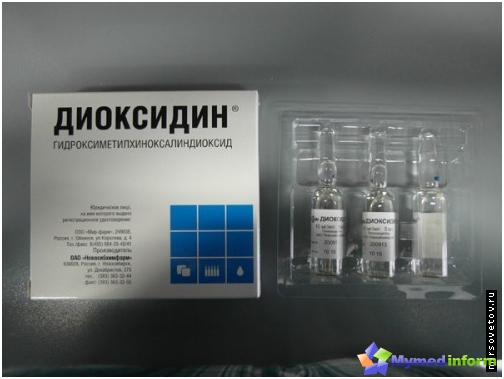
The drug is used in surgery (neurosurgery), dentistry, urology, otorinolaryngology with different types and forms of purulent infection. Diseases under which dioxidine are prescribed:
- Abscess light, empieme pleura, purulent pleurisy;
- Secondary purulent meningitis, Abscess brain;
- purulent mastitis, cystitis, peritonitis, sepsis;
- Phlegmons, abscess on skin, trophic ulcers, burn, postoperative, post-traumatic wounds (surface and deep);
- Gnove on the skin;
- inflamed wounds at osteomyelitis.
ENT doctors prescribe instillation of the solution at rhinitis, Gaymorite, Otitis.
Vienna is introduced only in stationary institutions as a reserve drug with severe infections or with a small efficiency of other antibacterial drugs.
How dioxidine is used?

Outwardly, the drug is used at a concentration of 0.1-1%. If a small concentration is needed, then take an amphered solution of 0.5 or 1% and is separated by an isotonic solution of sodium chloride (sterile) or water for injection (sold in pharmacies). Sterile napkins pre-dipped with mortar neatly impose. If the wounds are deep, then sometimes their swarrels are tampony. If a drainage tube is present, then in an infected cavity is introduced from 20 to 100 ml of the drug (0.5%). Wounds at osteomyelitis are treated for 15 minutes, after which they impose a bandage, wetting the napkin already in a faster solution (1%). Ointment is applied to purified from necrotic (dead) fabrics and pus the surface of the wound thin layer, and then the bandage is imposed on this region. If the patient is well tolerate treatment, then it lasts from 15 to 25 days. Inside the cavity, the drug is administered with a catheter, a syringe or drainage tube - take from 10 to 50 ml of solution at a concentration of 1%. The procedure is done once a day or two if the medicine is moved well, then the treatment can last 3 weeks.
When the cure for the ENT doctor (or even a pediatrician) was prescribed to drip in his nose, then it should be done so. On the ampoule, make a special file notch, and then open it. Type a little solution into a clean pipette (usually 0.5% concentration) and in both nostrils, dig a necessary amount of the drug. Before the procedure, the patient should unimporvate so that the nose can be cleared of mucus and crusts and slightly throw back the head - so the medicine will fall into the cavity of the nose and well there will be distributed there. The medicine is worth pouring into a clean bottle with a cap for the convenience of using it. Either instead of the lid use the blade and close the hole in the ampoule. Store the drug is needed in the refrigerator. It is necessary to remove it from there shortly before the instillation. Before injection, the solution should be room temperature. In each nasal course, adults must be made by 3 droplets, and children are enough 1-2 droplets three times a day. Treatment continues from 3 to 7 days. The manufacturer in the instructions writes that the drug is only for adults, but Intranazally children doctors appoint it - it will not be harmful, for many years of the application of negative consequences was not detected. Recently, it even for ease of use began to produce 10 ml bottles, to which a dropper is attached to bury into the nose or ears.
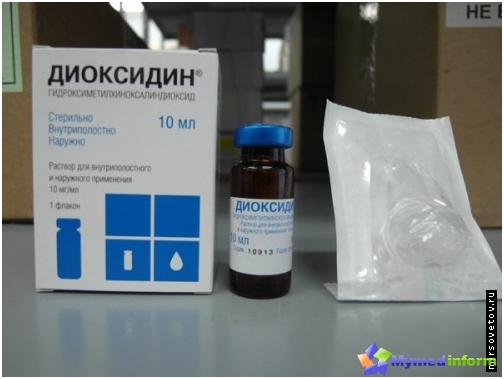
But intravenously, this agent is administered only in the hospital with a dropper under the supervision of a medical worker. Strict adherence to doses, analyzing tests. The drug gives good positive results, but it is toxic when the dosage is exceeded, therefore it is referred to.
Sometimes crystals fall out in the solution when storing in a cool room, this is a normal phenomenon. Then you should heat the solution in the water bath so that all crystals are dissolved. Periodic shaking will speed up the process.
About contraindications and side effects
The medicine cannot be applied at:
- pregnancy and feeding baby breasts;
- impaired adrenal function;
- child age, up to 12 years old (this applies to / in and intra-proper administration);
- Individual intolerance.
With intravenous introduction into the body, studies revealed a number of side effects:
- Rash, hyperthermia, appearance of pigmented specks on the skin when exposed to sunlight;
- headache, Causes;
- Dyspepsia, abdominal pain, chills, diarrhea, vomit.
Mesed undesirable phenomena are marked with 8-10% of all patients.
Good advantage of dioxidine is the absence of toxic influence on the kidneys, liver, hearing.
Local treatment with dioxidine is usually moved well.
The extensive experience of applying dioxidine with different purulent infections is accumulated, it is often used often. But intramilly or intravenously, due to the risk of overdose and narrow therapeutic latitude of the impact, doctors prescribe it less often, as many others have appeared Antibiotics, more secure.

